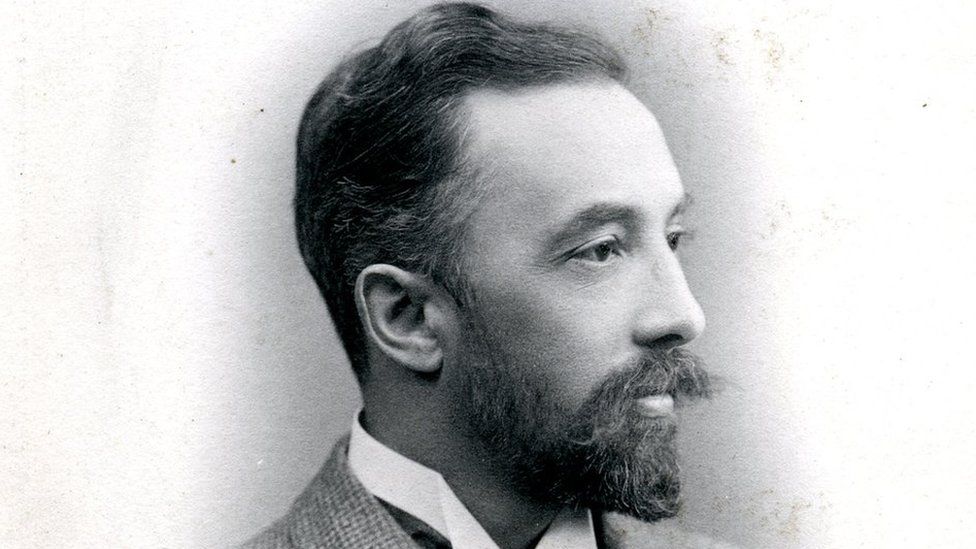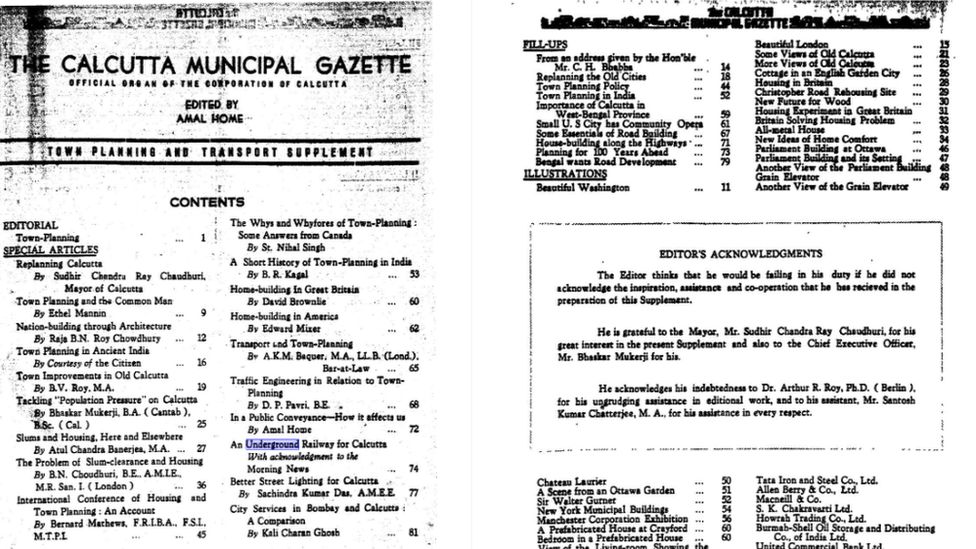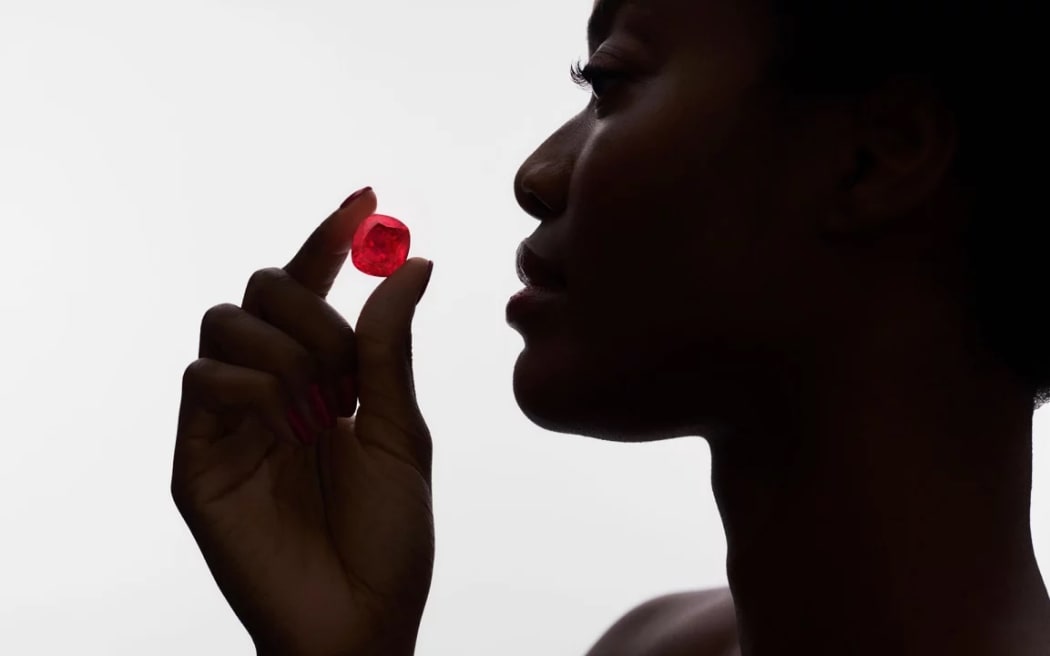
Winners And Losers In The Post-Pandemic Period – Analysis
By Dean Baker
Now that we have inflation beat, it seems like a good time to look at what has changed since the pandemic. A full catalog of how the country is different would be a serious undertaking, but we can learn a lot just by examining how consumption patterns have changed over the last three years. And, these data are readily available from the Commerce Department’s website.
Losers in the Post-Pandemic Period
Some of the changes in consumption patterns are obvious. The increase in work from home (as many as 30 percent of workdays are now remote) has led to a sharp drop in the amount we spend on commuting. While real consumption expenditures were 10.8 percent higher in the first quarter of 2023 than in the fourth quarter of 2019, real spending on mass transit was down 17.8 percent. (These figures are all adjusted for inflation.)
Other expenses related to office work were also down sharply. Spending on hairdressing services is down 22.5 percent. Spending on dry cleaning is down by 21.5 percent. Spending in the larger category of personal care and clothing services is down 13.5 percent from its pre-pandemic level. This saves households over $30 billion a year (roughly $100 per household) compared to a situation where these expenses had remained constant as a share of total consumption.
In addition to the plunge in spending on mass transit, spending on car leasing is also way down, 34.0 percent below its pre-pandemic level. This also saves households roughly $30 billion compared to a counterfactual where spending had maintained its pre-pandemic share.
It’s worth noting that these savings on work-related expenses are not picked up as gains to households. There simply appear in the national income accounts as less consumption, in the same way as people would have less consumption if they spent money on items they directly value, like food and shelter.
Some pandemic habits seem to be sticking, at least for now. Real spending at movie theaters is down by 48.3 percent, while spending on non-sports live entertainment is down by 29.9 percent. Spending at amusement parks was down 16.8 percent. On the other hand, real spending at sports events is up by 52.3 percent.
One big change from the pandemic is that foreign travelers, for both recreation and education, are spending much less money in the United States. Spending by foreigners is 30.2 percent below its pre-pandemic level, a drop of almost $70 billion.
Big Gainers
Most of the areas of consumption where we have seen large gains are not surprises. Real spending on televisions is up 123.1 percent. (This is partly because the price of televisions has been falling rapidly.) Spending on streaming services is up 67.7 percent, although this is largely at the expense of cable, which has seen an 18.8 percent drop in real spending.
The gains in other categories might be a bit more surprising. Spending on recreational vehicles, like motorcycles, boats, and ATVs, is up by 33.4 percent. Spending on jewelry and watches is up 28.7 percent. Spending on books is up by 34.7 percent and spending on newspapers and periodicals is up by 60.9 percent. It seems people are spending more time reading than before the pandemic, or at least spending more money buying reading material.
Real spending on new cars and trucks is up 13.8 percent, slightly more than the overall rate of consumption growth. This increase likely would be larger if not for supply chain issues that have not yet been completely resolved.
Spending on household furnishings and appliances is up 29.9 percent. This rise is in pretty much every category from furniture to major appliances, to glassware and cooking items.
Spending on computers and software is up 113.9 percent. This is partly the flip side of the work from home story, people are getting new and better computers to deal with their work from home arrangements. But, it is also partly recreational, as people get better computers and software to play video games or watch streaming services.
Housing and Medical Care
Two huge components of consumption, where the trends may be somewhat surprising, are housing and medical care. Real spending on housing is up by just 5.2 percent from the pre-pandemic level. This is surprising, since the huge increase in the number of people working from home has undoubtedly increased the demand for housing.
However, it does take time to increase the housing stock. That would be the case even in normal times, but it was especially true during the pandemic when supply chain problems created a huge backlog in the construction sector. Even though the number of housing starts has fallen by close to 30 percent since the Fed started hiking rates last year, the number of housing units under construction is actually higher than in March of 2022.
The result of this excess demand for housing was predictably a large increase in housing prices. Nominal spending on housing is up 26.1 percent from the pre-pandemic level.
There is evidence that the housing situation is improving. The rate of increase in rents for marketed units has fallen sharply since last fall. Also, the vacancy rate has risen substantially in the last two quarters, suggesting that landlords may have less market power. In addition, the rate of completion is above its pandemic level, which means that more new units will be coming on the market in the months ahead.
The other big surprise is the sharp slowing in spending on health care services, by far the largest component of health care spending. Real spending is up just 9.8 percent, somewhat less than the 10.8 percent increase in real consumption spending since the start of the pandemic.
Since most people probably don’t distinguish between their real spending on health care services and actual spending on health care, it is useful to look at the latter in nominal terms. Nominal spending on health care services is up 21.3 percent since the fourth quarter of 2019, while nominal consumption spending overall has risen by 28.3 percent. This means that health care spending on health care services has actually been falling as a share of total consumption.
Part of this slowing is a bad story. The people who died as a result of the pandemic were on average less healthy than the population as a whole. Since these people tended to need more health care services, their death led to reduced spending.
However, part of the slowdown is a more positive story. The pandemic opened the door to more efficient ways to provide health care. In particular, there has been a massive increase in the use of telemedicine. A survey by the Department of Health and Human Services last year found that one in four people reported a remote visit with a health care professional in the prior month. Since most people do not see a health care professional in most months, this implies that a very high share of consultations were being down remotely.
There also has been a large increase in purchases of therapeutic medical equipment, which were up 37.2 percent from before the pandemic. This means that many people may have been able to get tests and treatments at home, without going to visit a doctor’s office or other medical facility.
It will take some time before we can know whether this change leads to a deterioration in the quality of care, but it clearly is a gain if a patient doesn’t have to travel to get medical care. This is especially the case when they are in poor health. Anyhow, the savings on health care costs will clearly be a huge gain for the country if they are not associated with a deterioration in the quality of care.
The Mix of Consumption Looks Pretty Good
We keep hearing from the media that people think the economy is awful, but is hard to see this in the consumption data. Overall consumption has grown at a slightly above trend pace since the start of the pandemic. Many of the items that have seen the strongest growth, such as jewelry and recreational vehicles would fit in the luxury category, or at least be seen as non-essential purchases.
A reduction in work-related expenses due to the increase in people working remotely has meant large savings for tens of millions of households. In addition, slower growth in health care costs has also freed up money for other items.
While it is always possible with aggregate data that the numbers are driven by a relatively small group of wealthy people. That seems unlikely here. We know the largest wage gains since the pandemic have been at the bottom of the wage distribution.
Also, the increase in consumption comes in too many areas to be plausibly explained by just the rich buying more. Real spending on restaurants has risen by 12.8 percent since the pandemic. It is not plausible that the wealthy could have increased their restaurants meals by enough to drive this sort of aggregate increase. This rise has to reflect the fact that a broad segment of the population feels better able to afford restaurant meals than before the pandemic.
Again, if people feel they are doing poorly in today’s economy, we can’t tell them they are wrong to feel the way they do. We can say that, based on the consumption data, it doesn’t look like they are doing poorly.
This first appeared on Dean Baker’s Beat the Press blog.

Dean Baker
Dean Baker is the co-director of the Center for Economic and Policy Research (CEPR).








